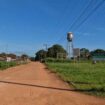
We are reader-supported and may earn a commission on purchases made through links in this article.
Cruising up the various tributaries and rivers that lace the Brazilian Amazon Basin together, one might notice a commonality among the smaller municipalities that dot the lush riversides.
One may glide along the golden, brown water of the Rio Amazonas or the translucent, black water of the Rio Tapajós, but the towns of Amazônia follow a basic pattern: a steep hillside rising up and away from the riverbed, a dock for lanchas and ferry boats alike to load passengers and cargo, and a church and central plaza facing out towards the water.
Best Tips & Tools to Plan Your Trip
That pattern goes more or less uninterrupted, that is, until arriving roughly 200 kilometers south of Santarém via the Rio Tapajós where the chain of format is broken. Instead of the standard church, plaza, or hidroviária, there lies a sole, industrial warehouse, windows blown out and rusting from combined years of disuse and negligence.
It is here, at this shell of a warehouse, that local professor of Amazonian history and caretaker of the patrimonial history of the city, Professor Magno, welcomes me to Fordlândia.
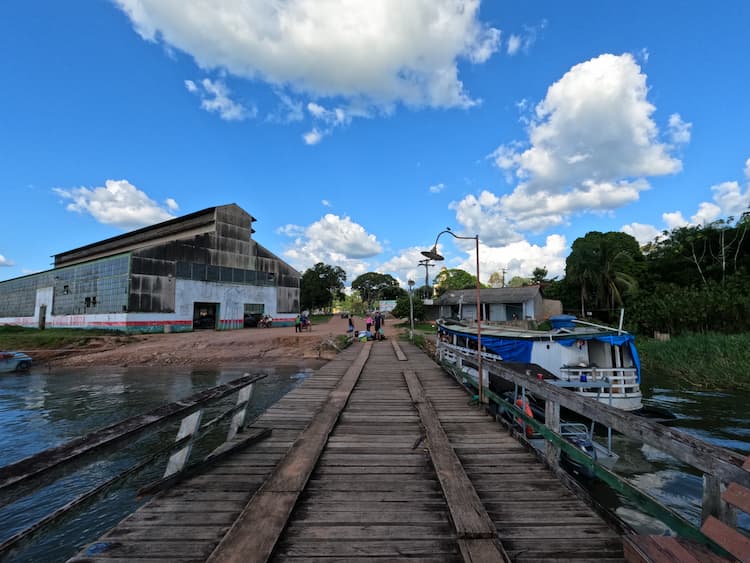
It is not the most aesthetic first impression, but this warehouse is a fitting emblem for the township of roughly 2,000 people. The abandoned structure is the first of many that form the foundation of this 94-year-old community on the banks of the Tapajós.
Henry Ford Purchased Roughly 2.5 Million Acres
It was here that the industrious Henry Ford deemed as the strategic point in 1922 to construct his central hub for rubber and latex manufacturing in the Brazilian Amazon forest, purchased roughly 2.5 million acres, and benevolently named the township after himself.
Due to its rich subsoil and deep riverbed, it was the seemingly ideal location for Ford to cultivate seringueiras (rubber trees), develop them into latex, and then ship them downriver in a long journey back to his Detroit factories to be turned into tires. It seemed straightforward enough at the time to the automobile mogul.
At the “port”, Professor Magno presents himself professionally and welcomes me to his community. I’m appreciative to hear him intentionally annunciating his sentences for my enhanced clarity—I’m still a fledgling in archeological Portuguese vocabulary.
He leads me up the steep hillside towards a more concentrated grouping of industrial warehouses at its summit. Behind the chain link fence containing the property, rusting buses lie without tires in tall, untamed grass and a steel water tower, the tallest man-made structure in the region, reaches into the clear sky high above two decrepit, gray factories.
The glass-fronted walls of the factories are now missing plenty of panes, shattered by unforgiving Amazonian weather patterns and equally unforgiving looting parties. As if to punctuate a Yankee stereotype, a crimson fire hydrant (uncharacteristic of Brazil) sits in front of it all. Magno gives a nod to the uninterested volunteer watchman at the gate, and we enter the grounds.
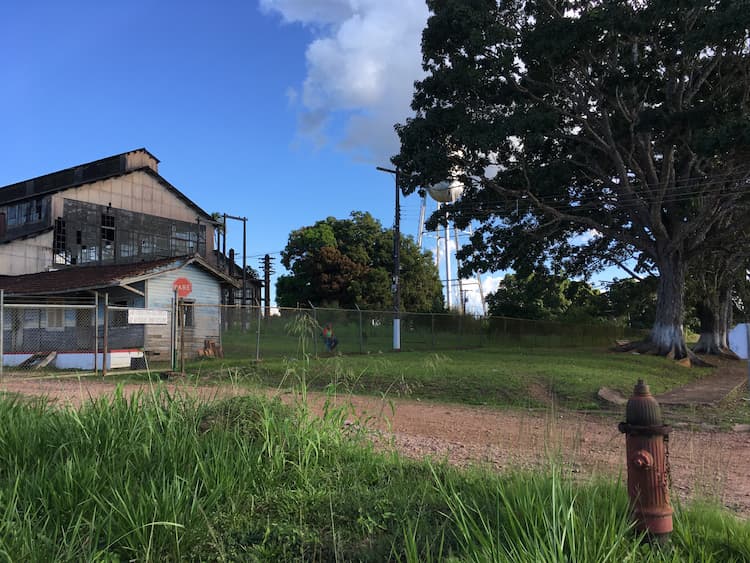
Ford needed infrastructure and, more importantly, a workforce to manufacture latex. Bringing in managers and executives from his Detroit factories, Ford began construction on his to-be fountain of rubber.
Infrastructure to Manufacture Latex
The idea was to transplant Dearborn, Michigan, straight to Brazil, including all of the modern technologies and processes of the industrial time. By 1929, work was well-underway with labor being almost exclusively made up of 1,300 local Brazilians. Laborers clearied forest and erected iron-girded frames.
Fordlândia was coming together—albeit at the expense of almost 100 dead workers and many more sickened by tropical diseases in just a year. Even in its inception, the project began to show signs of fracture as it competed with the Amazon.
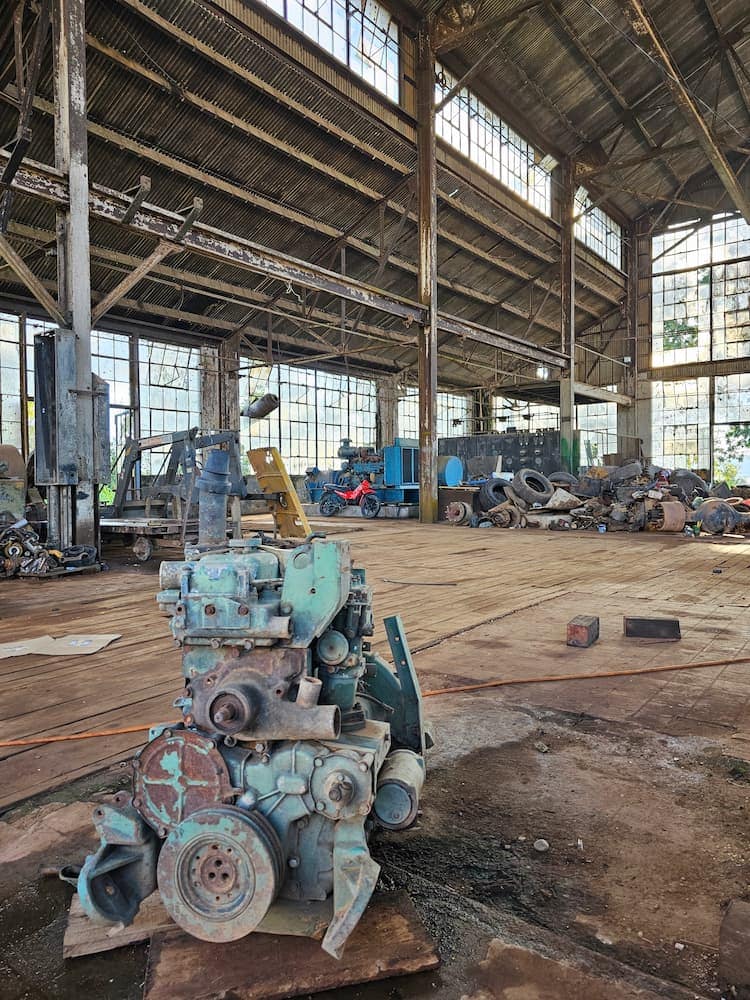
Inside the first manufacturing facility, Magno guides me over to Fordlândia’s old power source: a wood-powered generator and vapor-powered backup. From the corner of this facility, power was produced from the entire plant via subterranean copper wires, something rather contemporary for its time.
Today there are no more copper wires, only ravaged ditches where thieves dug them up. We continue to the main production floor. It’s quite a peculiar feeling to walk through the detritus of a time-passed; old auto parts, rusted machinery, and disposed corpses of car engines all cast aside both by history and the federal government.
Nothing is roped off. Nowhere is off-limits. This should be a protected site, argues Magno—a site preserved as a piece of cultural heritage in the Amazon selvage. That’s more easily spoken than fulfilled. Led by the professor, the residents of Fordlândia have submitted countless funding requests for the preservation of the slowly-disintegrating 1900s ruins on their hillsides.
Brazilian bureaucracy jokes aside, the red tape has been thick. Pushback comes from more than one side; some want it preserved as a historical ruin, others as an archeological dig site, indigenous communities as an extension of their reservations, and private enterprise as unprotected entirely. Magno suggests this may be lobbying for open exploitation of the still-abundant subsoil.
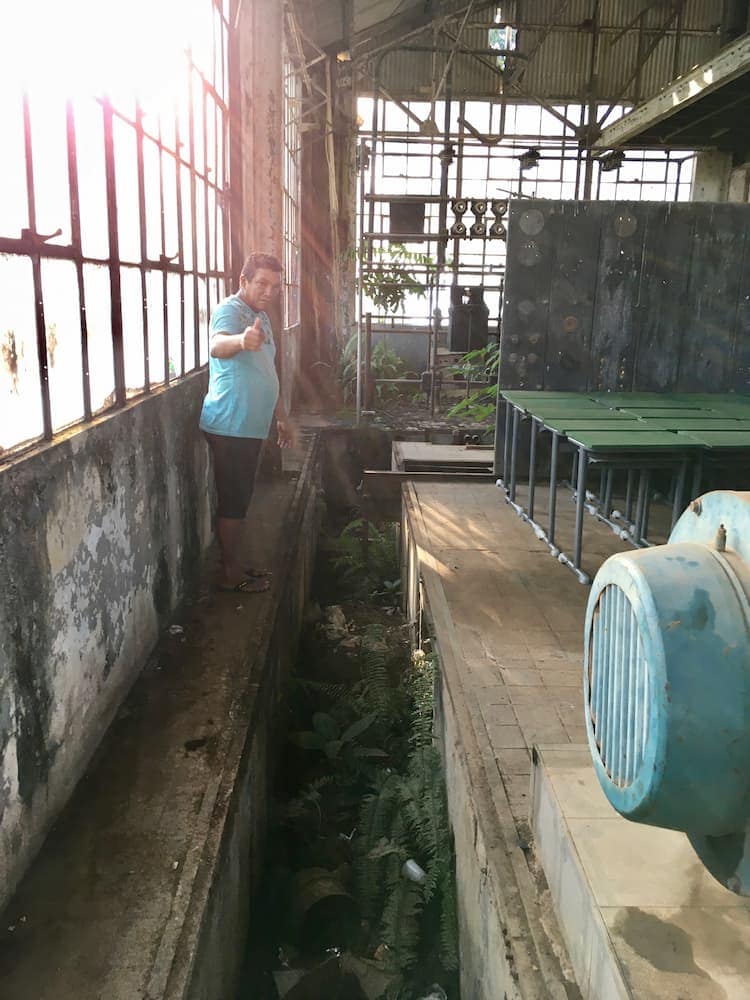
Business operations were finally getting underway by 1928, and the automobile company began to dictate daily life to its employees. Ford succeeded in attracting his labor forces by offering fine incentives like almost double the regional wage, housing in Fordlândia, and even healthcare.
Additionally, in the classic Midwestern style that Ford desired to emanate there, the company built amenities like restaurants, a hospital, schools, and even a pool for community use. Employees were fed too, although not particularly well.
Typical meals were bland and far from the normal cuisine of the local population; employees unsurprisingly grew unhappy at the prospect of a diet consisting solely of oatmeal, wheat bread, brown rice, and the occasional fruit. As more seeds were being planted for rubber trees, so were there too being planted seeds of discontent.
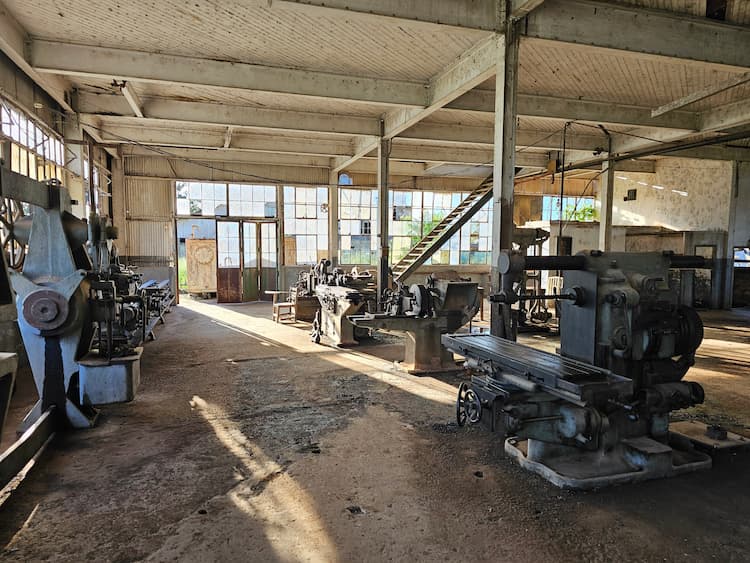
In the next, larger manufacturing plant, Magno and I walk the former assembly line. This warehouse-like building is much longer than the first, but completely open allowing me to see to the other end of it almost 100 meters away.
The Majority of the Machines Still Function
As we flit from machine to machine, Magno eagerly demonstrates that the majority of the machines still function today. He points out a curious copper plate on one of the machines: “Feeds in Inches Per Minute” it says.
Ford was so keenly obsessed with the belief that his Dearborn manufacturing ideologies were supremely efficient to any other that the company even used inches here, rather than convert to the typical centimeters already used by the Fordlândia residents—more evidence of the rift in adaptation to the region. I chuckle.
Such disconnect between the North American management and the local workforce couldn’t continue successfully for long, could it? That answer comes swiftly as we round the corner of the rusty, locked tool inventory at the far end of the plant.
Sitting atop a cinder block-stranded truck lies a dusty metal coffin. Magno asks me if I know what these were used for. No, I misinterpret: who these were used for.
I postulate. Magno expands. In the brief age of Henry Ford’s involvement, these coffins were used for the North American managers and executives that passed away while in Fordlândia; their remains would then be loaded onto the next cargo ship bound for the States.
Anticipating the answer, I ask if a similar procedure was also used for the numerous local Brazilians that fell victim to Fordlândia’s rigid conditions. This time, the professor has a chuckle.
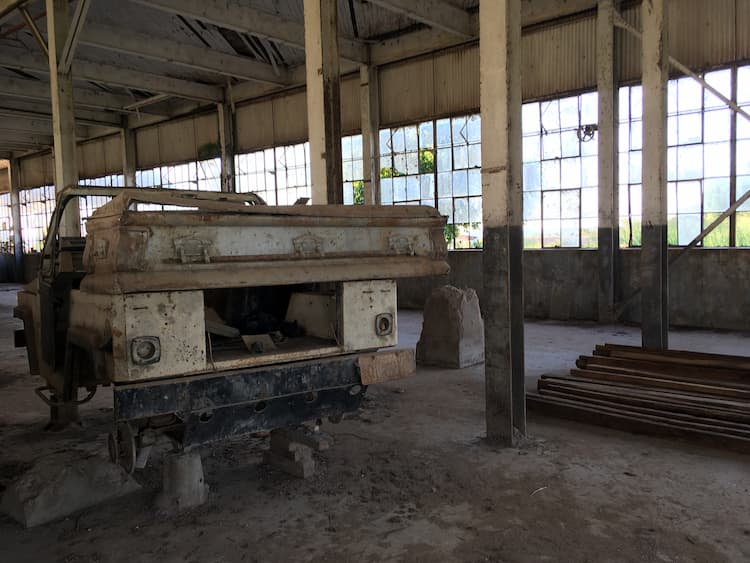
By the turn of the decade in 1930, Fordlândia’s turbulence had begun to escalate. Unsurprisingly, clearing a space in the dense forests of Amazônia was not a simple matter of cutting down a few trees. The company’s vision for a “Middle America” in the heart of the jungle proved to be fraught with unforeseen risks.
Downed timber taken from the initial deforestation was meant to be a commercial consolation for the hard labor in Ford’s mind; as it turned out, there was no market overseas for the wood he was harvesting. The production side was also met with opposition from the great forest as rubber tree saplings that had been planted were hardly growing.
The Rubber Trees Did Not Grow as Expected
The subsoil wasn’t taking to the plants as Ford’s botanists had forecasted. When a tree did grow, it was quickly devoured by a permeating leaf blight due to the proximity each tree was to its neighbor.
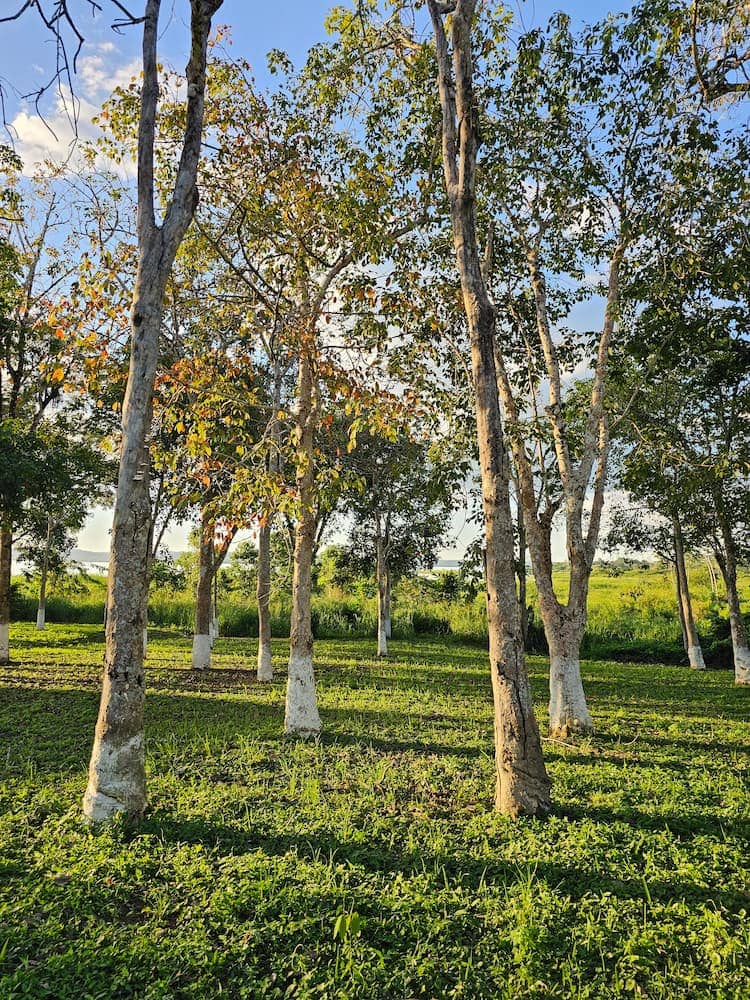
Employees were not much more acquiesced to Fordlândia than the trees. In addition to unfamiliarity with the industrious workplace culture of the North American manufacturer, many were falling sick with other Amazonian maladies and from over-exhaustion.
The executives and managers brought in from abroad were dropping dead on account of being unaccustomed to the jungle’s arsenal of malaria, mosquito-borne fevers, and other illnesses.
As for the locals, records of the time reported Brazilian laborers disgruntled by the constraining life in Fordlândia like the harsh sanitization checks imposed on their homes, the prohibition of alcohol, and the inflexible daytime work hours (many preferred to work before dawn and after dusk, as was a custom in the region).
Outside of the factories, employees were asked to conform to the culture of the United States, replacing samba with square dancing and previous pastimes with Hollywood films.
In December 1930, the discontentment culminated to an odd boiling point, with the North American management making an announcement regarding the cafeteria: mealtime was now to be self-service cafeteria-style and no longer included wait service at the tables.
The employees of Fordlândia broke out in open revolt. Breaking windows and chairs in the cafeteria, vandalizing manufacturing equipment, and looting the executives’ homes, the expatriate management fled the town to boats waiting in the river.
Only once the Brazilian military stepped in did the violence quell—but the damage was done. Fordlândia’s value to the Ford Motor Company was fading as fast as its executives were contracting malaria and the rubber trees leaf blight.
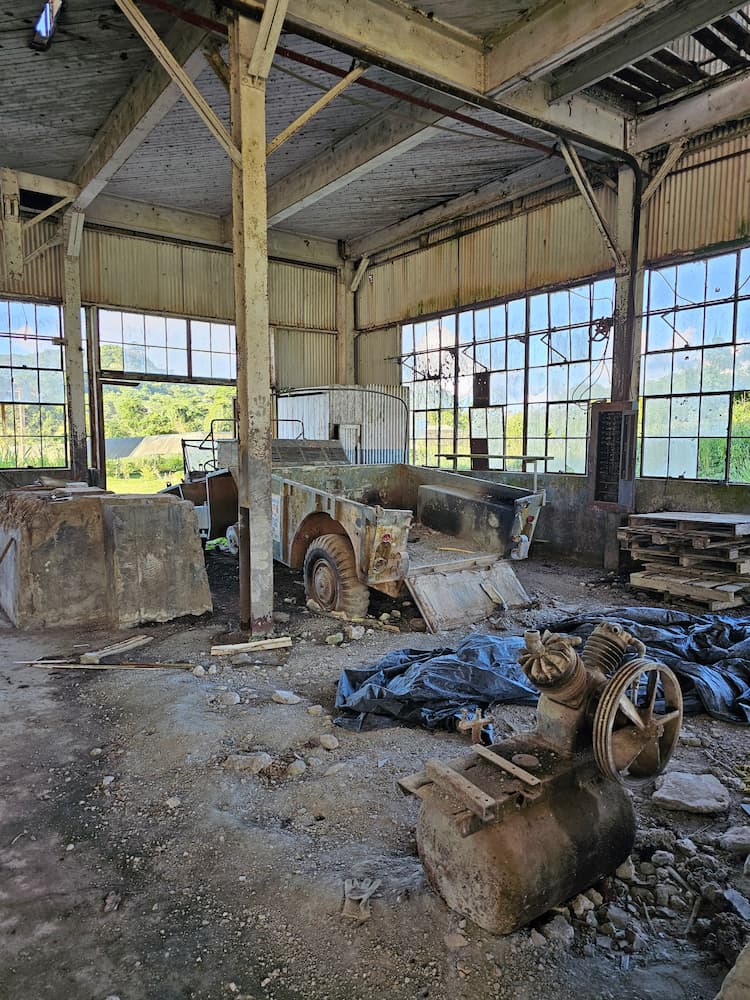
Outside of the two main manufacturing facilities, I follow the professor towards Fordlândia’s characteristic monument. The silver water tower of Fordlândia stands on the hillside, overlooking the once-hopeful project below. Hardly rusted, and taller than anything in the rainforest for kilometers, the tower is one of the largest man-made structures in the region.
As we approach, Magno cuts a few fresh oranges from a nearby tree as I take note of the orchard we’re walking through to reach the tower’s base. The township has developed a crop-sharing project on top of the ruins of its history here and now grows oranges, limes, and other native fruits for community use.
The water tower is almost comedic, as it’s the only one I’ve seen in Brazil in almost half a year traveling its roads. Only in a 1920s-era town, founded by the States, I finally encounter one. It still works too, Magno informs me. In fact, the town still uses the tower as its water source.
The professor marvels at the engineering of the subterranean pumps. I learn that the community also still utilizes the original school buildings and hospital from its industrious years. Fordlândia has a strange history, yes, but the descendants of the original residents still live here. They’re proud to be “Fordenses”.
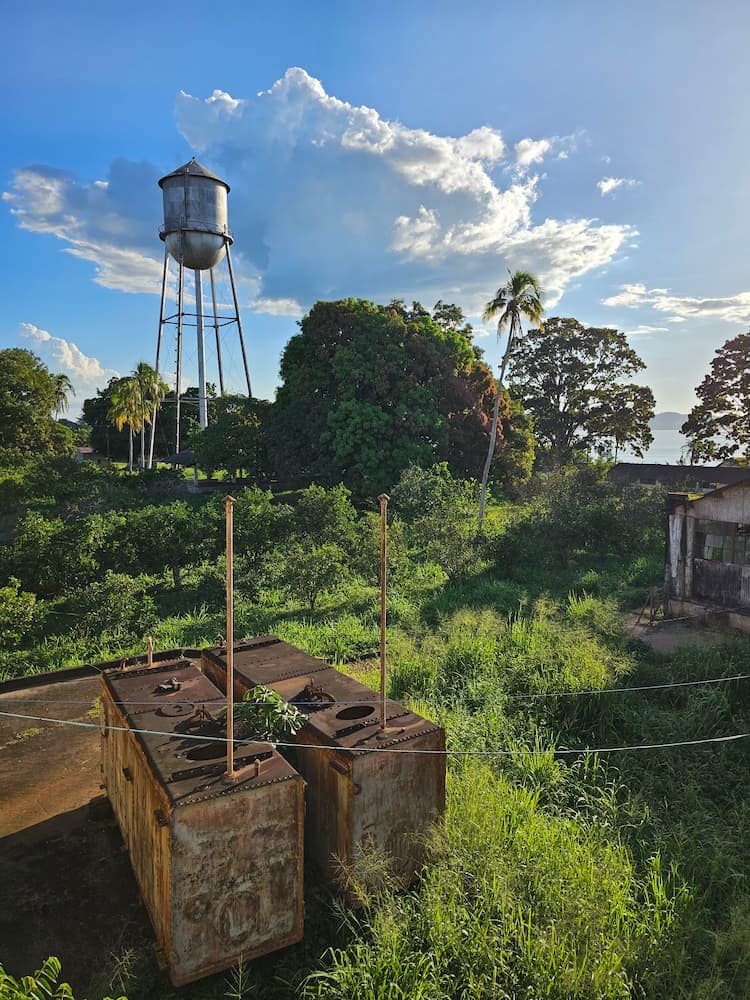
Surely Ford had some positive intentions in mind when employing the local Brazilian population. However, what he perhaps failed to take into account was the already-rooted work culture of the region at the time.
Where Ford saw better working conditions, the labor force only saw more rules and rigidity. Unsurprisingly, intensely imposing timetables and work regulations like those in the United States on a population only formerly exposed to more casual labor practices created friction in Fordlândia.
Where Ford was trying to give the population access to labor and a “better” living situation, he instead found himself impeding pre-established customs. Jumping straight from general Latin American work culture (which is objectively more laidback) into the ever-efficiency-oriented United States work environment was a step too far for the employees of Fordlândia.
Not to mention, outside of the production line, the overseas managers did their best to push Midwestern culture onto the local population. As for the employee revolt that ensued—I don’t blame them. If I was being forced to square dance at will, I’m picking up my own pitchfork and torch too.
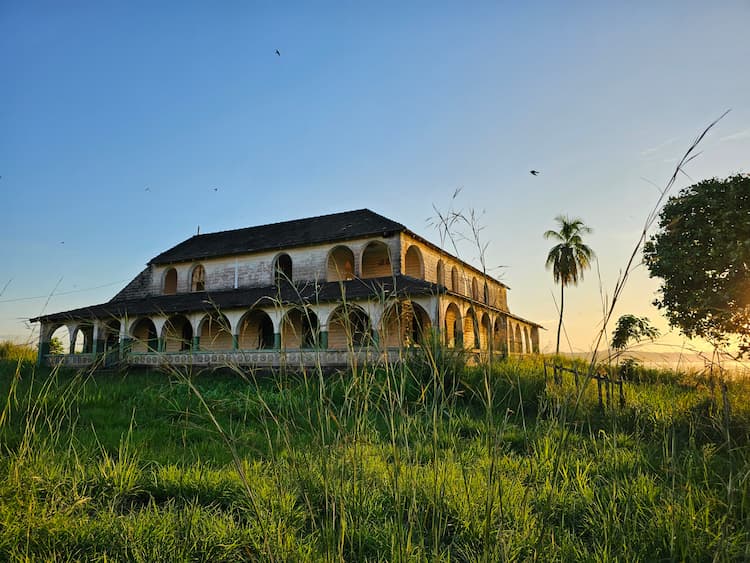
Professor Magno leads me away from the hill as the sun is setting. On the cliff side of the town, we ascend the stairs of a vegetation-ridden convent—also abandoned, but from an age after Henry Ford’s involvement.
The golden orb in the sky is falling over the hills on the other side of the Tapajós. On the Fordlândia side, a half-submerged tower slants from sinking into the soft river silt. It’s the old intake for the water tower, now, like everything else, discarded aside.
Downriver, the water is glassy and reflects the surrounding emerald landscape. Perhaps this is one of the best dusk-viewing spots in Amazônia. I ask the professor why, of all the pieces written about this place, no one seems to relate the same story as he did to me today.
Even then, Magno admits that there are too many conflicting reports to consolidate one exact history; his job as an Amazon historian is just to piece together as much as he can from the information he’s scraped over the years.
I then hear a motorbike pulling up outside; it’s the professor’s son, here to take me across town for a bite to eat. We descend. Expressing my deepest gratitude for his time and energy throughout the day, I bid farewell to Professor Magno and take off down one of Fordlândia’s still-dirt roads.
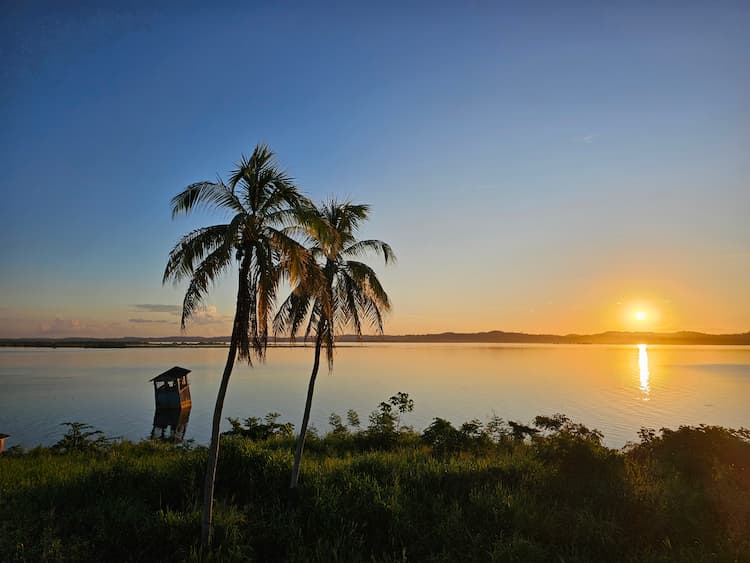
The Vision of Fordlândia Never Materialized
Henry Ford never did realize the vision of Fordlândia becoming his prized, rubber-abundant paradise in the Amazon. Starting in 1933, Ford’s rubber production slowly transitioned 130 kilometers downriver to Belterra where it found only marginally more success.
Although employees were reportedly generally more satisfied with work conditions, disease continued to devastate the majority of rubber trees and Belterra only managed to produce a fifth of the rubber Ford required.
Combined with the growing intensity of the Second World War, Henry Ford finally conceded, deeming the Amazon project a failure. By 1945, Ford had poured $20 million USD (almost $470 million today) into the dysfunctional and disgruntled latex plants; that same year the Ford Motor Company sold the lands of Fordlândia and Belterra back to the Brazilian government for a measly $250,000.
Within days, Fordlândia was completely abandoned by its already dwindling expatriate community, leaving the Fordenses with ghostly infrastructure and an unprotected monument to their history. Over the following weeks, looters gleaned the remaining valuables from the plant and the surrounding executives’ homes.
From that point on, lack of preservation left Fordlândia to the forest for reclamation—something it appears to be doing so today with relative ease.
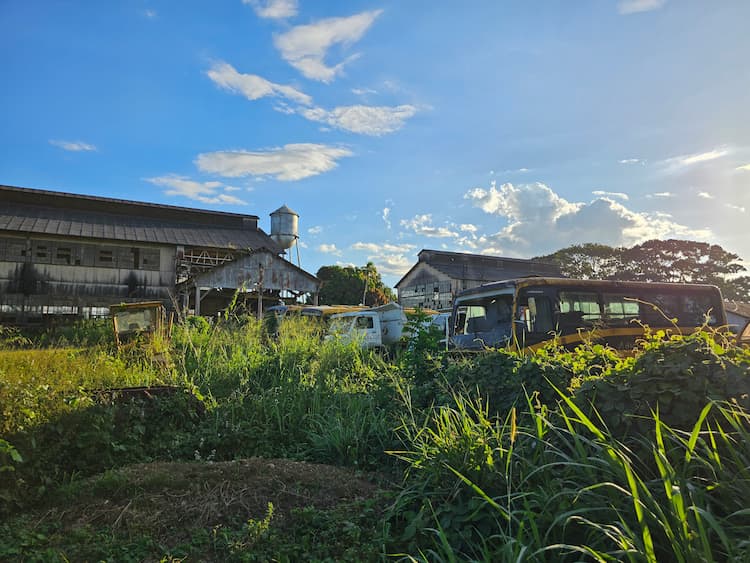
Fordlândia is a startling reminder of the importance of recognizing and adapting to the local culture of an area rather than immediately imposing foreign practices and beliefs upon arrival.
No matter a global automobile manufacturer or an independent solo traveler, taking the time to understand the social norms and cultural nuances that define a regional population should be the first step in truly getting to “know” a new place.
Aside from leading to potential commercial successes, taking a step back to understand the cortidian diets, preferred extracurriculars, distinct views on work culture, and local arts are the most interesting and enriching aspects that come when interacting with a new community.
While failure to listen and adapt to prevailing regional customs probably won’t result in a working-class riot (in most cases), unwillingness to do so is a surefire way to avoid deeper connections within a place or even unintentionally over-globalize a previously distinctive sliver of the world. Indeed, bringing parts of home can be an endearing piece of one’s identity abroad too.
Yet, when it begins to interfere with the lessons that can be observed in a fresh context, that’s the cue to drop preconceptions about a place and start participating in it instead.
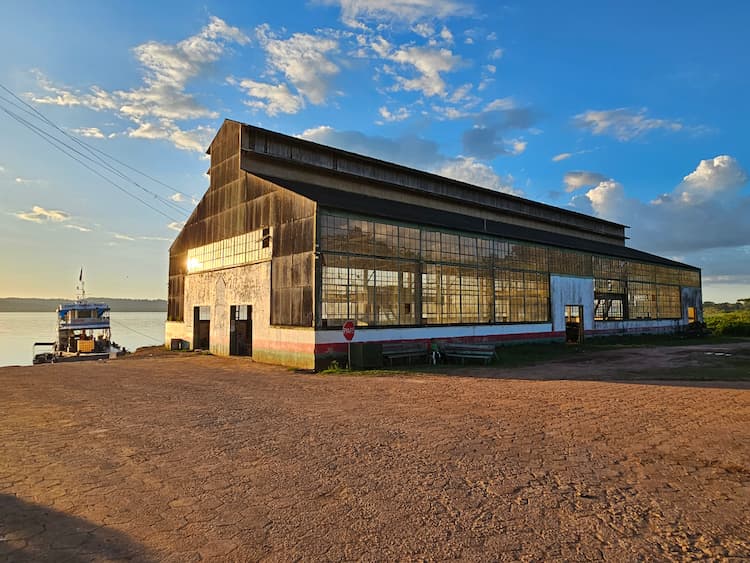
Inspire your next adventure with our articles below:
Author Bio: Charles Ferguson is an Oklahoman turned vagabond, solo travel writer, and modern-day explorer. He’s visited a decent handful of Latin America’s most highlighted sites… but prefers the ones that few folks report back on. Currently, you can find him somewhere near the Equator writing remotely, be it freelance or for his personal blog.
- How to Plan Your Dream African Safari - July 18, 2025
- How to Visit Hawaii Responsibly: 10 Low-Impact Travel Tips - July 17, 2025
- Samaná: The Dominican Republic’s Lush Peninsula Where Silence Is Golden and So Is the Sand - July 17, 2025

